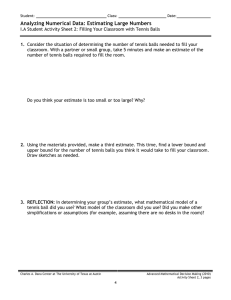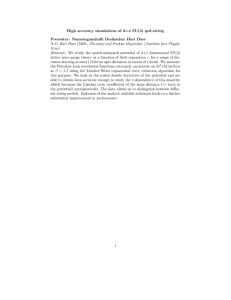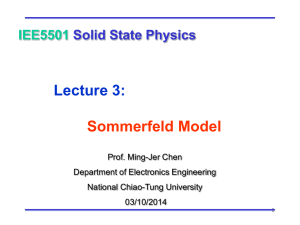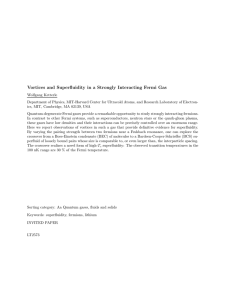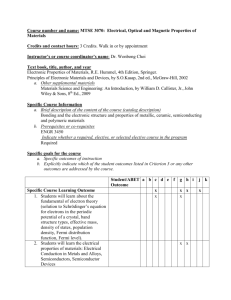Section 2 Worksheet
advertisement
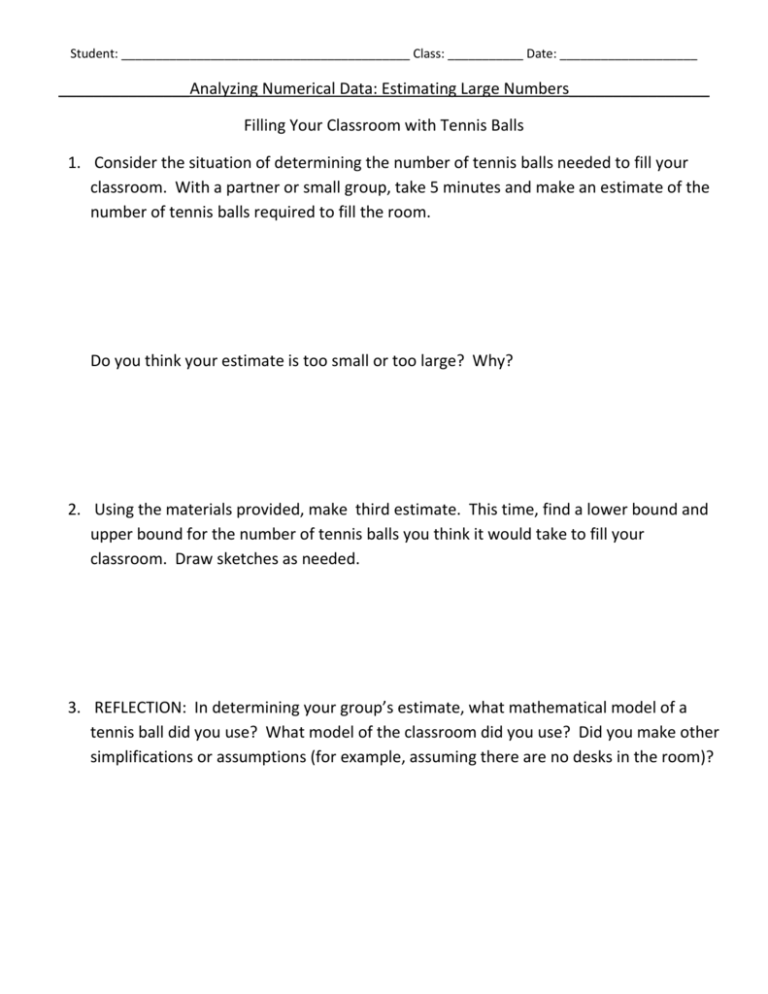
Student: __________________________________________ Class: ___________ Date: ____________________ _______________Analyzing Numerical Data: Estimating Large Numbers________________ Filling Your Classroom with Tennis Balls 1. Consider the situation of determining the number of tennis balls needed to fill your classroom. With a partner or small group, take 5 minutes and make an estimate of the number of tennis balls required to fill the room. Do you think your estimate is too small or too large? Why? 2. Using the materials provided, make third estimate. This time, find a lower bound and upper bound for the number of tennis balls you think it would take to fill your classroom. Draw sketches as needed. 3. REFLECTION: In determining your group’s estimate, what mathematical model of a tennis ball did you use? What model of the classroom did you use? Did you make other simplifications or assumptions (for example, assuming there are no desks in the room)? Fermi Questions “How large is the crowd?” is an example of a Fermi question, which requires estimating physical quantities to produce an answer. Enrico Fermi was an Italian physicist known for his ability to take limited information and arrive at a reasonable numerical estimate. He approached a problem by setting a lower estimate and an upper estimate. Fermi then worked through the problem using this approach and reached a numerical estimate within identified limits. Fermi worked at the University of Chicago and his classic question was “how many piano tuners are there in the city of Chicago?” Fermi questions rely on making logical assumptions about a situation to reach an estimate to an order of magnitude. That is, the estimate is expressed in hundreds, thousands, millions and so on. Another Fermi question is: Can every person in the world fit inside a cubic mile? What assumptions do you need to make? What information do you need to find?
